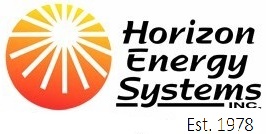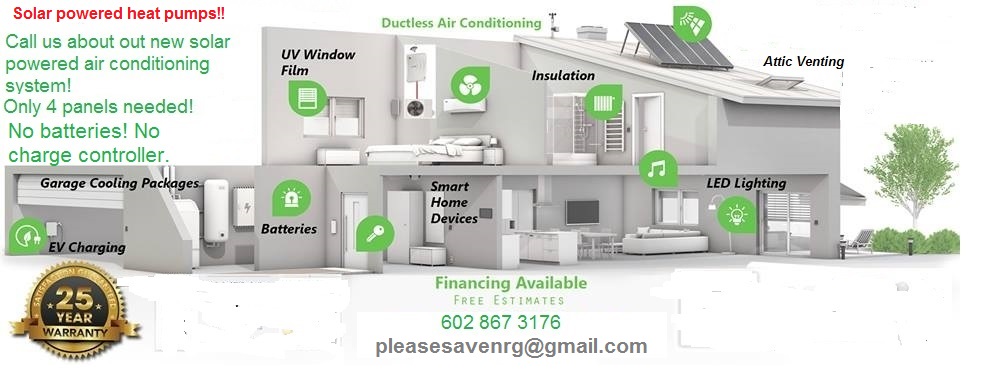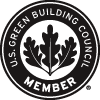 Contact us: 602-867-3176
Contact us: 602-867-3176Radiant barrier frequen
 Contact us: 602-867-3176
Contact us: 602-867-3176 
PROPRIETARY PATENTED SUSTAINABLE BUILDING PRODUCTS
conservation and insulation,, radiant barrier, radient barries, Extreme make over home edition, Home Depot
What is radiant barrier?
The name comes from the ability to be a barrier to the transfer of radiant heat. Radiant barrier is made from materials that are very good at reflecting radiant heat and they also are very poor at emitting radiant heat.
\What is radiant heat?
Radiant heat is heat that is radiated from a heat source through space (with or without air). The heat from the sun is radiant heat. Most of the heat from a bright light bulb is radiant heat. Radiant heat is also called infra-red heat or infra-red energy.
What is infra-red energy?
Infra-red energy is electro-magnetic energy that is not visible. It is next to red in the light wavelength spectrum. It travels at the speed of light (186,000 miles per second), until it hits a surface (like your home). This stopping of the energy source excites the molecules in the wall which starts to conduct the heat towards inside (during the summer).
When infra-red energy is traveling through air, a very small portion of the energy is absorbed by molecules in the air.
How does heat move?
Heat moves by conduction, convection, and radiation.
Conduction is the process that occurs in substances denser than air like water and wood and stone where the heat moves through the substance. Conduction occurs rapidly in metals like gold and copper and very slowly in an insulation like fiberglass.
Convection is the process where air makes contact with substances that are conducting heat and the air is heated. Hot air rises and this movement makes room for cooler air and the process continues until the air and the surfaces are close to the same temperature
Radiation is the process of the infra-red energy emitting from the heated substance through space. The energy travels in a straight line at the speed of light until it is absorbed or reflected by another substance. It is important to remember that in order for heat to move by radiation, there must be space between the objects. The space can be as small as a few air molecules and still be effective. If the objects are touching, then the heat moves by conduction, not be radiation.
What is reflectivity?
Reflectivity, for radiant barrier purposes, can be defined as a measure of how much of the energy is reflected and not absorbed by the barrier. Very shiny aluminized plastic can reflect 98% of the radiant heat that strikes it.
What is absorbtivity?
Absorbtivity, for radiant barrier purposes, can be defined as a measure of how much of the energy is not reflected and is absorbed by the material.
What is emissivity?
Emissivity is the ability for radiant heat to emit from a surface. The higher the emissivity, the faster radiant heat is emitted. Very shiny aluminized plastic only emits about 4% of the heat absorbed radiantly and also from the hot air around it. This is why pot belly stoves are flat black, so they will freely emit radiant heat. For comparison, unpainted wood has an e value of .95 making it an excellent emitter (that's why insulation gets so hot). Polished gold (the lowest e value), has an e factor of .02 and be seen on the face shields of space helmets.
What kind of materials are used to make radiant barrier?
Aluminum foils are one common material. Our proprietary products use a new type of plastic radiant barrier made possible by successful research into making a lighter weight radiant barrier for spacecraft. The process is called vacuum deposition technology and it makes it possible to put a very, very thin deposit of aluminum on a film substrate.
After the summer sun goes down, where is the hottest place in the attic?
Most people (architects, builders even engineers), quickly comment that the hottest place in the attic is up near the center of the roof. Heat rises right? Sure, heat rises but radiant travels at 186,000 miles per second in a straight line from the emitting source. For this example (since we are talking about houses), it would be the roof deck. So, if radiant heat is being emitted from the roof deck towards the insulation where does it stop? The insulation. Care to venture a guess now where the hottest spot is in the attic?
The top couple of inches of the insulation! Fact is, 1" below the insulation can be as much as 20 to 30 degrees hotter than the hottest air you can measure anywhere in the attic...including up near the peak. And it remains the hottest thing in the attic until the next morning when the sun begins its radiant heating again. It is easy to comprehend when we consider that the insulation has been absorbing radiant heat all day long, and now it is resisting that heat is trying to leave into the cooler attic air.
In the attic, where is the best place to install radiant barrier?
One problematic technique is to put radiant barrier directly on the underside of the roof sheeting. What happens in any attic that is not extremely well ventilated is that the surface of the radiant barrier gets very hot and the heat is conducted and convected into the air of the attic causing the attic and its insulation to get quite hot. Then once the sun goes down and the heat wants to radiate out of the insulation, it is reflected back by the radiant barrier trapping this unwanted heat for hours. To see the results of this type of application, click here.
Further, any application of radiant barrier up at the roof deck has little or no savings or impact on comfort during winter months. One other consideration is the overheating of shingles. Shingle manufacturers are now limiting or voiding warranties where RBS is installed under the roof decking. So, the only logical location left is on top of the insulation. Here, the radiant barrier does the bulk of its work by preventing the infra-red energy from being absorbed by the porous insulation. The radiant barrier gets hot because it is a poor emitter and it conducts and convects the heat to the cooler air at the floor of the attic. The air rises and can leave at any attic vent and does not have to be controlled like the aforementioned method. Only the RBS Chips save you energy everyday of the year and carries a lifetime performance warranty.
How important is attic ventilation with an attic radiant barrier system? Ventilation is very important because this is the primary method used to get rid of the heat that is being stopped by the radiant barrier. In climates that require a lot of cooling, it is recommended that attic ventilation at the top of the attic meet or exceed the Uniform Building Code recommendations of 1/150th of the attic area. The UBC also specifies 1/600th at the eaves/soffits of the roof. It is recommended that this be at least 1/200th of the attic area. The UBC's attic ventilation requirements are directed toward preventing moisture condensation problems but they are equally valuable to hot climate homes that need to get rid of the heat absorbed by the roof. It is the opinion of this site that venting codes are not sufficient for hot climates as they are designed for moisture egress, not sufficient exhausting of super heated air.
Isn't it difficult to install radiant barrier in an existing attic?
Stapling up sheets of radiant barrier is very difficult to install in existing attics and as can be seen in this test, an incorrect application. It is also difficult to get a good installation because of the difficult working conditions of extreme heat in the summer, low headroom, numerous roof framing or truss webs in the way, and low light conditions. Our TCM product comes in small, easy to use rolls and simply rolls out over your existing insulation. Click here to see a short video of how it's done.
What is the "Achilles Heel" of radiant barrier?
One most know one's strengths and one's weaknesses! Think about this. What makes a mirror not reflect well? Dirt! It is the same for radiant barrier so when dust collects on the upward-facing highly reflective surface of the radiant barrier, it then has a very low reflectivity and is now a very good absorber. Now only the downward-facing low emissivity surface is left to do the work. All of our patented RBS products have multiple layers which insure dust accumulation on the top layer does not degrade the performance...forever.
Is there a way to avoid dust in attics?
No. There is no practical way to keep an attic dust free so the challenge for radiant barriers is to work well in spite of the dust. As a matter of fact, a radiant barrier system is not designed to work with dust is not worth considering. Some studies seem to be finding that some types of dusty radiant barrier are worse than no radiant barrier at all.
Well, then if the attic floor is the best place for radiant barrier but dust makes it not work, and it is difficult to install, what are my options?
These challenges were the catalyst to the invention of a new kind of radiant barrier Thermal Control Membrane (click here).
Dust is no longer the death-knell because TCM is multiple layers deep. The layer exposed to dust becomes ineffective on the dusty side but all the rest keep doing their job.
What is "TCM"?
TCM is an acronym for our product "Thermal Control Membrane". TCM is a multi-layered radiant barrier that can be rolled out over existing attic insulation (no dust problem), or stapled to walls in new construction. If used on walls and in the attic of a new home the HVAC sizing must be reduced by at least 30% or the units will short cycle due to the reduced heat gain and heat loss of the home.
Click here to return to our main page.
Click here to return to the Outsulation page.
Web page design and maintained by B Rad Design Group.
Copyright 1997-2020. All images and text copyrighted by Horizon Energy Systems.


